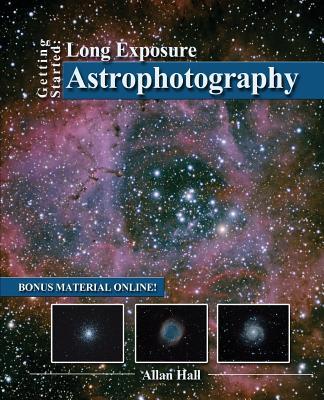- The difference between long and short exposure astrophotography
- What equipment you may need
- How different equipment compares
- How to set up your equipment
- Making your equipment work together
- What software you might need
- Different types of exposures (pictures)
- What might affect your exposures
- Taking exposures
- Processing exposures
- Putting it all together
- And much more!
So, if you have ever wanted to take photographs of glowing nebulae, spiral galaxies, and shimmering star clusters, this is the reference you want on your desk as well as with you out under the sky. A journey begins, with Hall exploring in-depth details of field rotation and focusing methods, as well as explaining not just the what and how, but the ever-important why. So you won't just follow instructions for multiple image stacking, you'll understand the effect and craft of it. For today's astrophotographers, access is key. Encouragingly, there is more than ever in many ways. From the quality of the equipment that you can purchase to the ready availability of software and meteorological information, it's a photographer's dream in many ways. Let this unprecedented scenario work for you, whether you're looking to take your first photos or enhance your development as a long-exposure cosmic curator. From start to finish, Allan Hall's Getting Started: Long Exposure Astrophotography book is your comprehensive resource, taking you from entrance, to expertise in the rewarding field of astrophotography - with a focus on the long exposure element that makes for such memorable, lifelong pieces of photography. More like a friend sitting beside you, guiding you, than a textbook, see why thousands of astrophotographers have used this book to get started in their journey into long-exposure astrophotography.
